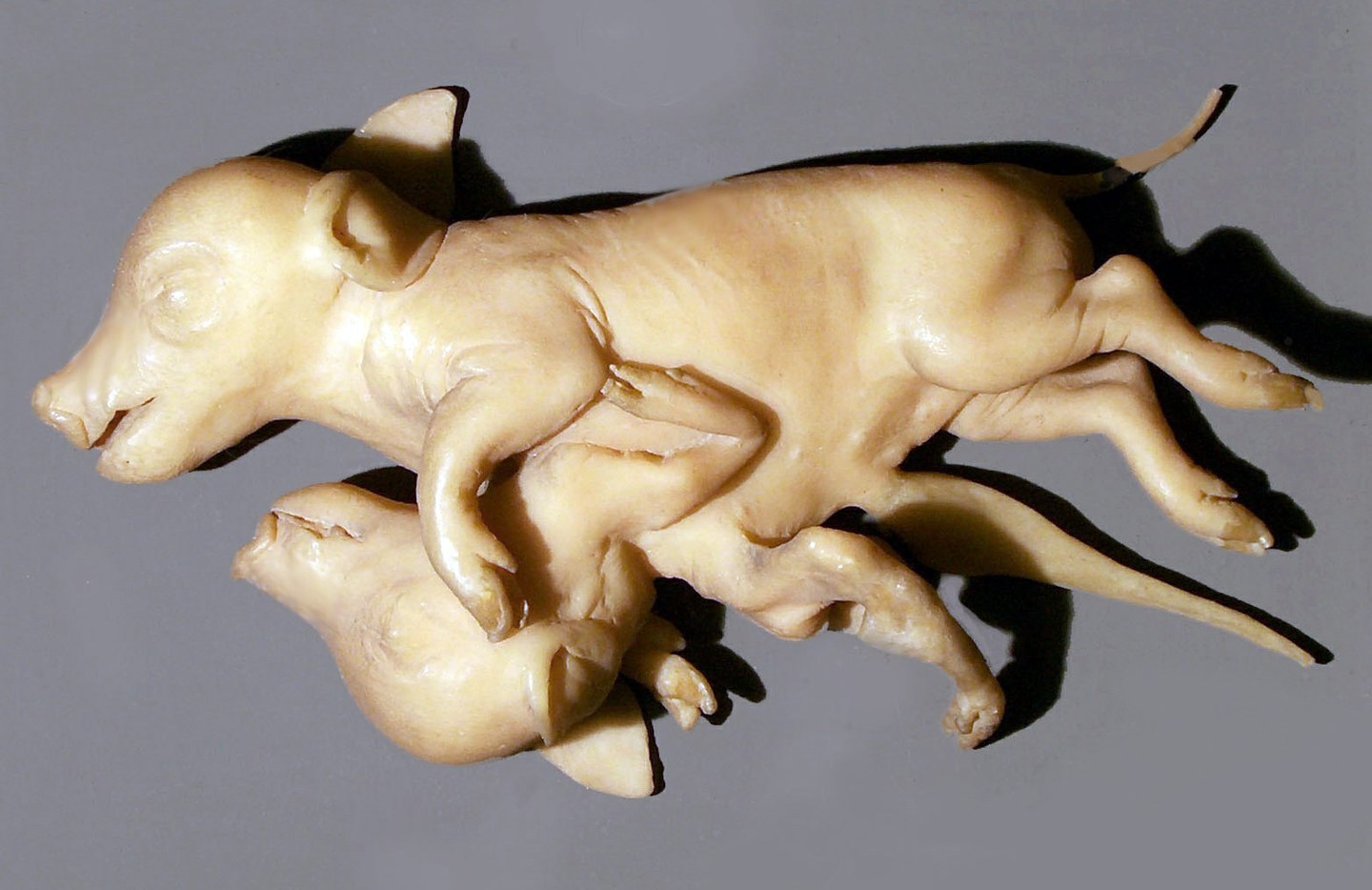
Teratology is the study of abnormalities in physical development. Ever wondered why some animals or humans are born with unusual features? This field dives deep into understanding birth defects and their causes. From ancient myths to modern science, teratology has always intrigued people. Did you know that certain chemicals, infections, and even genetics can lead to these anomalies? Researchers in this field work tirelessly to uncover the mysteries behind these conditions. By studying teratology, scientists aim to prevent and treat birth defects, ensuring healthier futures for many. Ready to learn some fascinating facts about this intriguing subject? Let's get started!
What is Teratology?
Teratology is the study of abnormalities in physical development. This field examines congenital disorders, their causes, and their effects on organisms. Let's dive into some fascinating facts about this intriguing branch of science.
-
Teratology comes from the Greek words "teras" (monster) and "logos" (study), meaning the study of monsters.
-
Congenital disorders are conditions present at birth, affecting 3-5% of newborns worldwide.
-
Teratogens are agents that cause congenital abnormalities. These include drugs, chemicals, infections, and radiation.
-
Thalidomide is a famous teratogen that caused severe limb deformities in thousands of babies in the 1950s and 1960s.
-
Fetal Alcohol Syndrome (FAS) results from alcohol exposure during pregnancy, leading to growth deficiencies, facial abnormalities, and central nervous system dysfunction.
Historical Background of Teratology
Understanding the history of teratology helps appreciate its evolution and significance. Here are some key historical facts:
-
Aristotle was one of the first to document congenital abnormalities in his work "Generation of Animals."
-
Saint-Hilaire coined the term "teratology" in the early 19th century, laying the foundation for modern studies.
-
The Rubella epidemic in the 1960s highlighted the impact of viral infections on fetal development, leading to widespread congenital defects.
-
Diethylstilbestrol (DES), a synthetic estrogen, caused reproductive tract abnormalities in the daughters of women who took the drug during pregnancy.
-
The March of Dimes Foundation was established in 1938 to combat polio but later shifted focus to preventing birth defects.
Modern Advances in Teratology
Modern science has significantly advanced our understanding of teratology. Here are some recent developments:
-
Genetic testing can identify potential congenital disorders before birth, allowing for early intervention.
-
CRISPR technology offers potential for correcting genetic defects in embryos, though ethical concerns remain.
-
3D printing is being used to create models of congenital abnormalities for better surgical planning and education.
-
Stem cell research holds promise for regenerating damaged tissues and organs in individuals with congenital defects.
-
Environmental monitoring helps identify and mitigate exposure to potential teratogens in pregnant women.
Famous Cases in Teratology
Certain cases have significantly impacted the field of teratology. Here are some notable examples:
-
The "thalidomide tragedy" led to stricter drug regulations and testing protocols worldwide.
-
The Chernobyl disaster resulted in increased congenital abnormalities due to radiation exposure.
-
Agent Orange, used during the Vietnam War, caused severe birth defects in exposed populations.
-
Minamata disease was caused by mercury poisoning, leading to congenital deformities in children born to affected mothers.
-
The Zika virus outbreak in 2015-2016 caused microcephaly in newborns, highlighting the impact of viral infections on fetal development.
Ethical Considerations in Teratology
Ethical issues are crucial in teratology, given the potential impact on human lives. Here are some key ethical considerations:
-
Informed consent is essential when conducting research involving pregnant women and fetuses.
-
Balancing risks and benefits is critical when developing new treatments or interventions for congenital disorders.
-
Privacy concerns arise with genetic testing and the potential for discrimination based on genetic information.
-
Access to care is a significant issue, as not all individuals have equal access to prenatal screening and treatment options.
-
Animal testing in teratology research raises ethical questions about the use of animals in scientific studies.
The Fascinating World of Teratology
Teratology, the study of birth defects and abnormalities, offers a window into the complexities of human development. From historical misconceptions to modern scientific breakthroughs, this field has evolved dramatically. Understanding teratogens—agents causing congenital anomalies—helps in preventing and managing these conditions. Researchers and medical professionals work tirelessly to uncover the causes and mechanisms behind these anomalies, aiming to improve prenatal care and outcomes.
Knowing the facts about teratology not only broadens our knowledge but also fosters empathy for those affected by congenital conditions. It underscores the importance of medical research and public health initiatives. As science advances, so does our ability to mitigate the impact of birth defects, offering hope for healthier futures. Keep exploring, stay curious, and remember, every fact learned brings us one step closer to understanding the intricate dance of life.
Was this page helpful?
Our commitment to delivering trustworthy and engaging content is at the heart of what we do. Each fact on our site is contributed by real users like you, bringing a wealth of diverse insights and information. To ensure the highest standards of accuracy and reliability, our dedicated editors meticulously review each submission. This process guarantees that the facts we share are not only fascinating but also credible. Trust in our commitment to quality and authenticity as you explore and learn with us.
